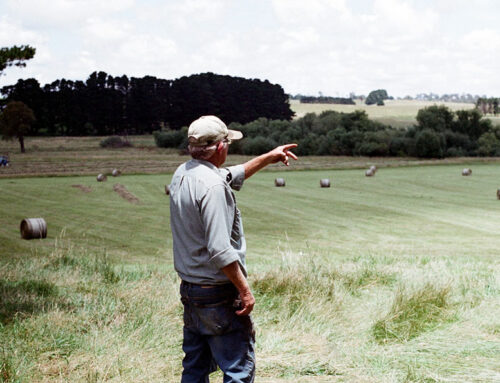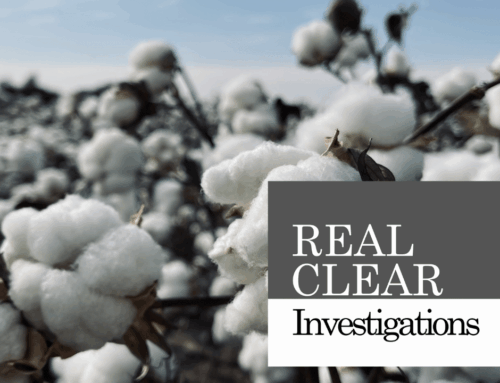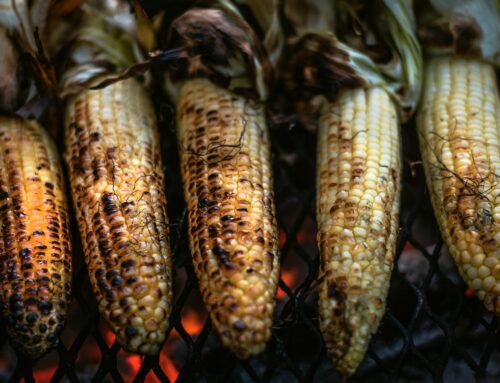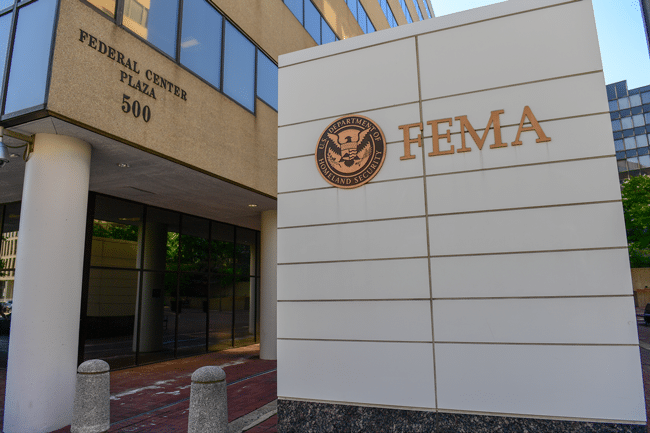The American Rescue Plan Act of 2021 (ARP) appropriates $16 billion for a range of farm income and nutrition assistance programs under the U.S. Department of Agriculture’s (USDA) jurisdiction. Of these funds, $4 billion is specifically directed to what the Agriculture Committee categorizes as “Food Supply Chain and Agriculture Pandemic Response.” In this section, (Sec. 1001) the Committee further specifies that $300 million be spent on monitoring animal susceptibility to COVID-19 (think minks in Denmark) and $100 million to defray overtime costs for inspectors at small and very small meat, egg, or poultry processing facilities. That leaves $3.6 billion for USDA to spend subsidizing farm incomes through grants, loans, purchases, or other means.
This $3.6 billion is just the latest infusion of “emergency” financial assistance for agricultural businesses. The CARES Act that passed in March 2020 – one of the first COVID-19 federal response bills – provided $23.5 billion for farm income subsidies, which USDA already distributed in two rounds of the Coronavirus Food Assistance Program (CFAP and CFAP2). An additional $11.2 billion appropriated in the December relief bill remains unspent as the Biden Administration announced the White House Regulatory Freeze Pending Review.
ARP provides minimal guidance on how to distribute these funds. The bill as first released directed USDA to purchase food and ag commodities, in addition to distributing agricultural commodities (including fresh produce, dairy, seafood, eggs, and meat) and making grants and loans for small or midsized food processors or distributors, seafood processing facilities and processing vessels, farmers markets, producers, or other organizations to respond to COVID–19. However, through the House Budget Committee Manager’s Amendment, seafood purchases and grants and loans to seafood processing facilities and processing vessels were eliminated.
An amendment from Congressman Feenstra (R-IA) during the House Agriculture Committee markup of the bill edited the bill to authorize assistance for crop losses in crop year 2020 (including losses due to high winds or derechos). This was the only successful amendment in the committee markup due to Congresswoman Cindy Axne (D-IA) voting to support it. This pursuit of “emergency” assistance comes despite the fact that the majority of losses from Iowa’s 2020 derecho were covered through crop insurance, a federally subsidized program within the farm bill (see table below). Crop insurance provides an indemnity to farmers when they experience a yield or revenue loss. According to USDA’s Risk Management Agency (RMA), which administers the federal crop insurance program, the vast majority of Iowa corn and soybeans were insured by crop insurance in 2020. Similar to the seafood language, the derecho provision was also removed from the final bill as part of the revised Manager’s Amendment.
2020 Iowa Corn and Soybean Acres
| Commodity | Acres Insured (RMA data) | Acres Planted (NASS data) |
| Corn | 12.8 million | 13.6 million |
| Soybeans | 8.9 million | 9.4 million |
Much like the stimulus in December, the new bill looks designed to keep agricultural subsidies flowing in 2021 more than to address emergency needs from 2020. Direct government payments to the agriculture sector totaled $47.1 billion in 2020, in large part because of the COVID-19 relief to agriculture. The agriculture sector received record taxpayer subsidies last year even though crop and livestock sales were only 2 percent lower from their projection in February 2020. Reliance on government payments within agriculture is a recipe for disaster. It discourages risk management and economic resilience at the expense of taxpayers. Congress and the Biden Administration must be more precise to ensure any additional agriculture assistance is targeted to the few farmers and ranchers still in need.










